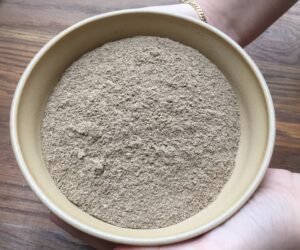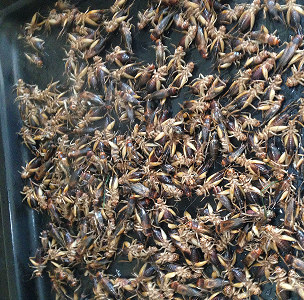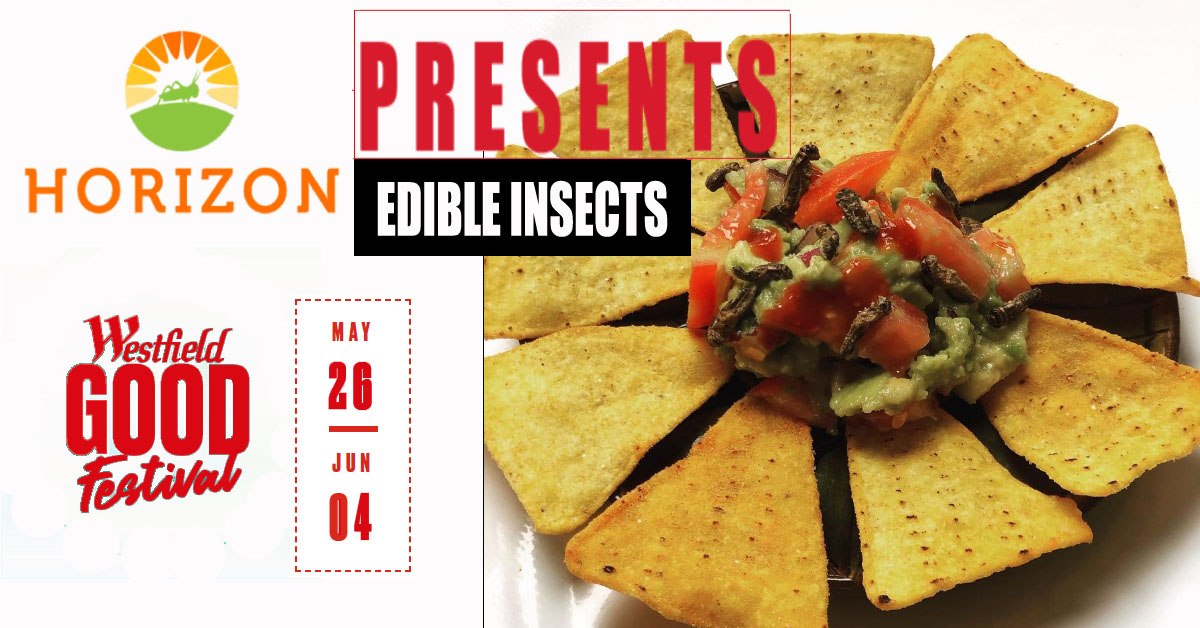Cricket flour, also known as cricket powder, can be prepared using ground up edible crickets. Edible mealworms can also be made into a protein rich flour. 
How to Make and Use Edible Insect Flour at Home
Edible insect flour is gaining popularity as a high-protein, sustainable alternative to traditional flours. Whether you’re working with crickets, mealworms, or other edible bugs from our shop, making insect flour at home is simple, rewarding, and environmentally friendly. In this guide, you’ll learn how to make insect flour, how to use it in baking, and the best way to process both fresh and dried insects.
Why Insect Flour Needs to Be Mixed
Edible insect flour doesn’t contain starch, which means it can’t replace wheat flour entirely in most baking recipes. If you’re planning to bake with cricket flour or mealworm powder, it’s important to blend it with a traditional flour (like wheat, oat, or almond flour) to get the right texture and rise. This combination ensures that your baked goods are both nutritious and structurally sound.
Making Insect Flour from Fresh Insects
If you have access to fresh edible insects, you can easily process them into flour at home. Here’s how:
-
Scald the insects in boiling water for 1–2 minutes.
-
Rinse immediately in cold water to stop the cooking process.
-
Drain thoroughly to remove excess moisture.
-
Roast the insects in the oven at 200°C (390°F) for about 20 minutes.
-
Spread them out on a lightly oiled baking tray or parchment-lined sheet.
-
Turn them every few minutes with a wooden spoon to ensure even roasting.
-
Watch closely—they can burn quickly!
-
Once roasted and cooled, use a food processor to grind the insects into a coarse, protein-rich powder. This homemade bug flour has a nutty, earthy flavor and works well in crackers, protein bars, and savory baked goods.
Using Dried Edible Insects for Flour
If you’re using store-bought dried crickets or mealworms, making flour is even easier. Just:
-
Add the dried insects to a food processor or high-powered blender.
-
Grind until you reach your desired consistency.
Keep in mind: while industrial insect flour is often very fine, homemade cricket flour or mealworm powder tends to be a bit coarser—but that’s actually beneficial in baking. For smoothies or shakes, you can sift the powder or blend it further to get a finer texture.
Final Tips for Baking with Insect Flour
-
Start by replacing 10–30% of your regular flour with insect flour in recipes.
-
Combine with flavorful ingredients like spices, chocolate, or seeds to balance the natural taste of insect protein.
-
Store your homemade flour in an airtight container in a cool, dry place.
Edible insect flour is a great way to explore sustainable protein sources while adding a nutritional punch to your meals. Whether you’re baking with bugs for health, curiosity, or the planet, this simple method gets you started with confidence.


